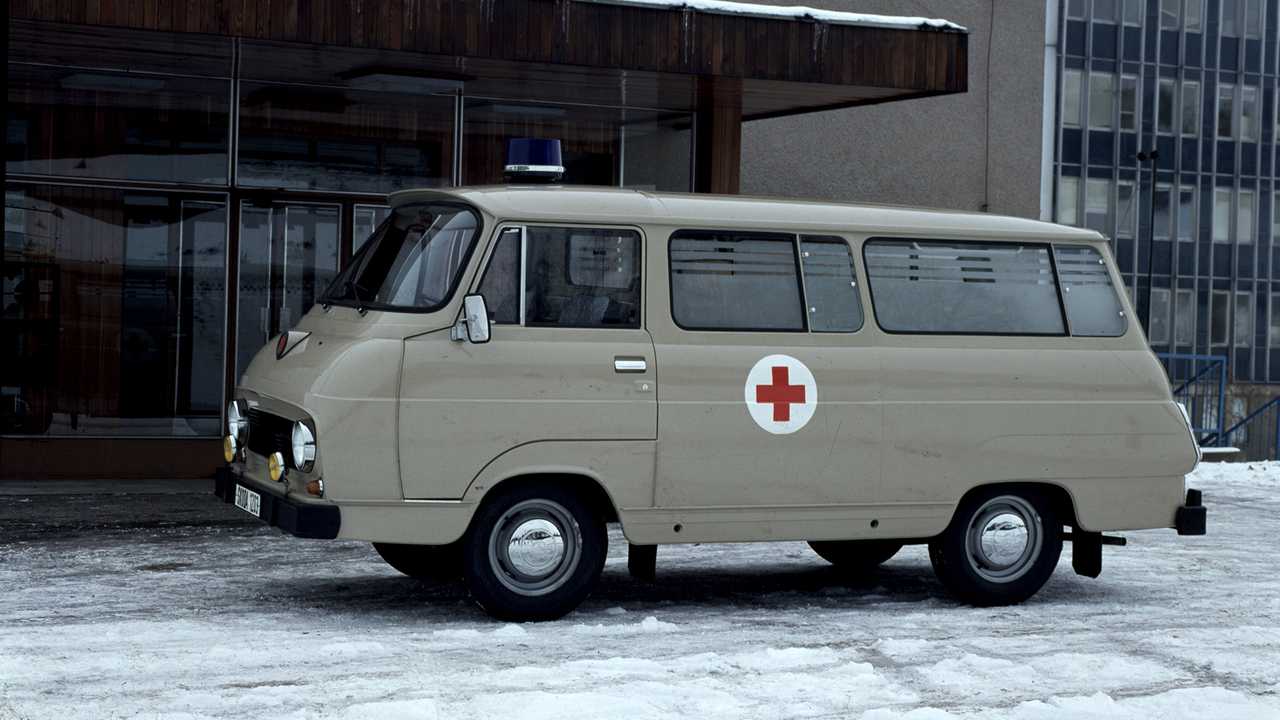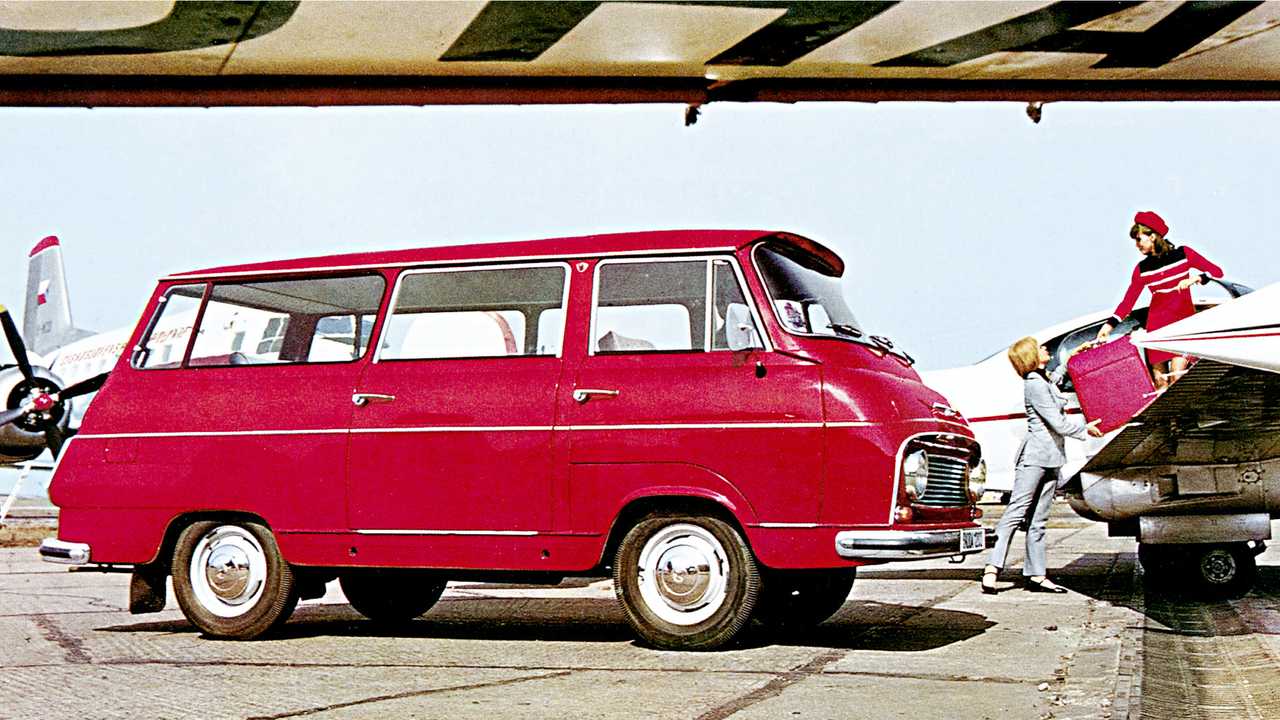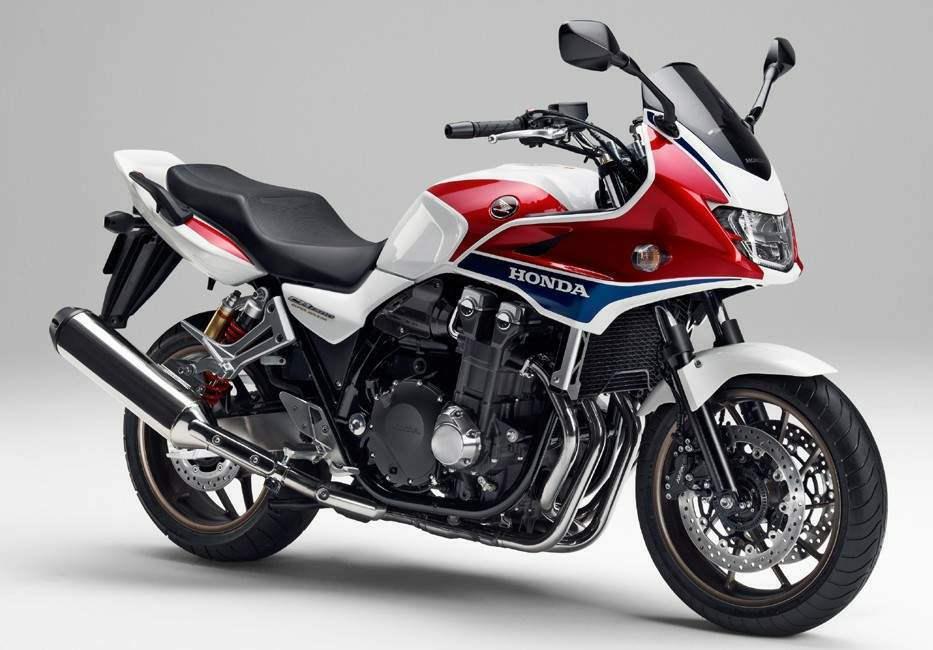
Škoda 1203, Czechoslovak station wagon
Content
Skoda 1203 was commercial vehicle The most widely spoken Czechoslovak language of the twentieth century, it was introduced in 1968 at the Brno Engineering Fair and, despite an unsuccessful debut, became ubiquitous in the following years: it literally accompanied Czechs and Slovaks from cradle to grave.
In fact, many settings, from ambulance to hearse, as well as minibus, van and camper van, workshop, etc., etc.
Unhappy debut
Studying light commercial vehiclewith an improved cabin and a simple design, it already began in the second half of the 50s in post-war Czechoslovakia, but 1203 was launched in 68, precisely in the year of the Prague Spring and the occupation of Warsaw by the Pact countries. ...

In short, debut Czechoslovakian handyman he definitely faded into the background, but was also the only novelty in the domestic auto industry and nevertheless made a certain sensation.
Technical specifications
The ancestors of the Škoda 1203 were 1201 и 1202 based on passenger car models with very limited cargo space and payload. The chassis was also considered obsolete, so in the spring of 1956, Czech engineers began developing a more modern pickup truck to improved cab и self-supporting body.

As production needed to be optimized, the 1203 was fitted with many components from other Škoda models. V 4-cylinder 1.221cc OHV engine Cm with a capacity of 49 hp. (39 kW) it was borrowed from the model 1202. The dashboard and taillights were taken from the model Skoda 1000 MB.
Dimensions and capacities
Serial production of the Škoda 1203 began at the end of 1968 at the completely modernized plant in Vrchlabí, where 1202 were still produced (until 1973).
He was originally alone van with a length of 4.520 mm, a width of 1.800 mm and a height of 1.900 mm... The cargo space was 5,2 m3, maximum payload 950 kgmaximum speed 90 km / h... He consumed 11 liters of gasoline for every 100 km at a constant speed of 60 km / h.

The two-seater cabin was separated from the cargo area by one sheet metal wall with windowaccess was guaranteedlarge side sliding door on the right side and from tailgate.
New and used market
1203 was sold exclusively state-owned enterprises or cooperatives. By December 31, 1968, 192 vans and 3 glazed minivans had already been produced (at that time Škoda expanded the range to include all possible configurations).
On the other hand, private customers had to be patient and wait for cars to enter used marketbecause, in short, the communist state did not want to contribute too much to the development of the company.

The Czechoslovak station wagon was approved not only for the domestic market and the countries of the Eastern Bloc, however, also exported to the French and Belgian markets.and also in exotic places like Egypt.
Eastern European countries icon
Production of the Škoda 1203 at the Vrchlabi plant ended in 1981, 69.727 vehicles were produced from this assembly line, but continued with various restyling and technical updates at the Trnava plant in Slovakia. until the second half of the 90s.
In his homeland, 1203 is considered 'car and popular historical iconnot only because he nearly monopolized the commercial vehicle sector for nearly a quarter century, but also because he has appeared in countless Czechoslovak films and television programs.
